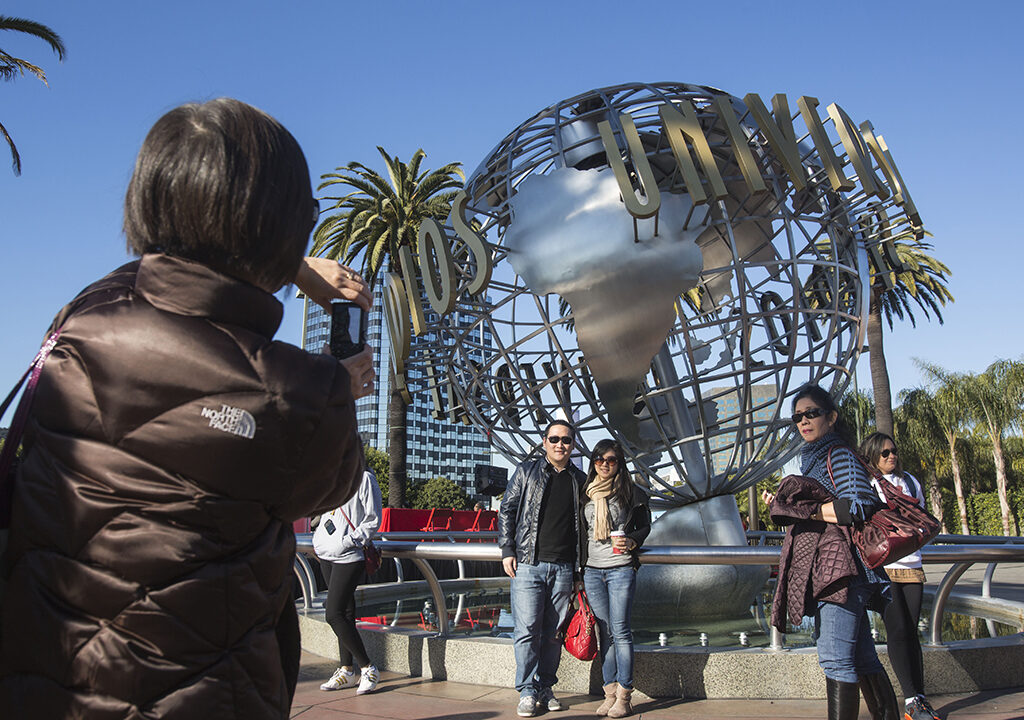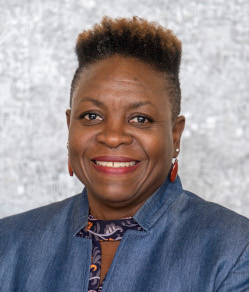
Media Contact: Carmen Ramos Chandler, carmen.chandler@csun.edu, (818) 677-2130
Social media around the world is filled with images of immigration and border enforcement officers violently rounding up people in Los Angeles and other major cities across the United States.
These images, coupled with tales of foreign tourists being detained for days by border agents because of a visa misunderstanding or a social media post, may have an adverse effect on the number of visitors coming to tourist destinations across the country that may take years to repair, according to Mechelle N. Best, a tourism expert and dean of California State University, Northridge’s College of Health and Human Development.

“Tourist destinations, whether here in California or across the country, are caught up — certainly through no fault of their own — in the politics of the moment,” Best said. “The United States is one of the most well-known and highest visited destinations in the world. It is a place that people from other countries want to visit. But what we are seeing increasingly — and certainly we are seeing it in numbers that are changing the forecast for the rest of the year — is that people know that they have other options, that there are other destinations out there that are a lot more welcoming. Many of them are going to be making the choice to go somewhere that is not the U.S.”
California ranks as the fourth largest economy in the world. Tourism, Best said, accounts for a large portion of that economic success. Tourism also plays a major role in the economies of several states across the country, from Florida and New York to the Pacific Northwest.
“Tourists don’t just go to places like Disneyland,” she said. “America’s national parks are some of the most visited places in the world. The national parks in the U.S. are particularly iconic. The National Parks Service already depended on volunteers to help keep their operations running smoothly and visitor friendly. Now, it’s losing employees due to budget decisions by the Trump administration.”
Best said tourism is “very, very dynamic.”
“Whether we realize it or not, so much of it depends on what’s going on politically,” she said. “It depends on how people perceive a destination when they think about their own safety and comfort. Do you feel welcomed in that destination? Or does it feel that you aren’t welcome? That is certainly a major concern for us right now. Are tourists to California and the U.S. feeling as if they’re welcome? Are they are going to be safe, regardless of where they go in the U.S.?”
At the moment, the answers to those questions do not appear positive, Best said. Travel advisories have been issued by countries around the world, including many in Europe, cautioning their residents about travel to the United States, citing increased incidents of American visa holders and permanent legal residents being stopped by United States Customs and Border Protection as they attempt to enter the country.
“This is certainly the case of the shoe being on the other foot,” Best said, “Typically, the U.S. would be advising its citizens about whether they should go to a particular country because of the type of unrest that’s happening there. It’s quite ironic that now the U.S. is the country against which these advisories are being issued. But it’s important because a country wants to feel as if its citizens are protected and taken care of when they are traveling abroad. Certainly, with all that has gone on in the first few months of this year in the United States, there has been cause for this type of caution to be issued.”
In the past, news of concerning incidents at tourist destinations often did not reach potential visitors.
“We’re no longer in a time where what we hear is based on what traditional news media puts out,” she said. “We’re in a time where everyone has a cell phone and they’re recording what is happening. These stories aren’t as filtered as they used to be. It is raw coverage of what is going on and, in an instant, it is transmitted across the world. That influences how the rest of the world perceives the U.S.”
These incidents do not just influence recreational tourists, but business travelers as well, Best said.
“It can take two years or more to plan an international conference,” she said. “International organizations are now thinking to themselves ‘Should we have that conference in the U.S.? If our usual attendees aren’t going to get the necessary visas to get into the country or perhaps get turned away when they land, is it worth the risk holding a conference in the United States?’ What is happening in the U.S. right now will have repercussions for the U.S. tourism industry years to come.”
Best noted that Trump’s tariff proposals are also forcing U.S. tourism-based business to re-examine their operations, which, in turn, impacts the services they provide.
She said the impact of the Trump administration’s decision on tourism remind her of the devastation to the industry caused by the COVID-19 pandemic.
“But COVID impacted the entire world. There was no way to escape the restrictions caused by COVID,” she said. “There is an escape to what is happening in the U.S. There are a lot of other places in the world that would welcome the tourists who no longer feel welcomed here.
Best said she cannot foresee what it is going to be like in four or five years.
“I do know that in terms of a country rebuilding itself, if we continue on the path we’re on right now, it is going to take a lot more than four years for us to get back to where we were before we started breaking systems that took decades to build. We can’t fix that overnight,” she said. “A lot of diplomatic work was done across the world to develop this image, this perception, of what the U.S. is. In just a couple of months, that perception has changed, and it’s happening at a time when people already know they have a lot more options for places to visit where they know they will be welcomed.”




Comments are closed.